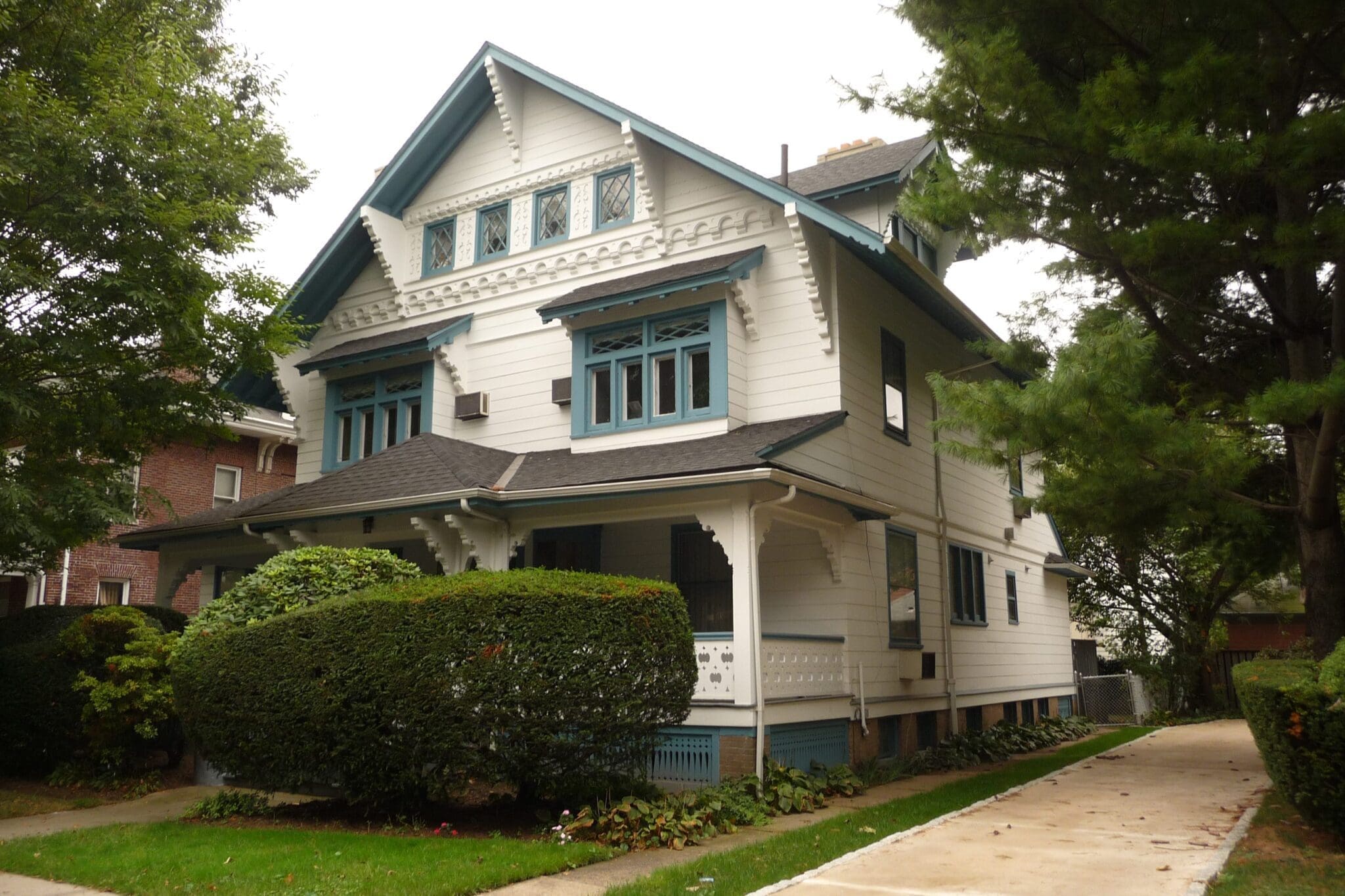Testing & Sampling
Mold can be found almost everywhere in our environment, both indoors and outdoors. Their spores float continually in the air we breathe. Mold growth is most likely to occur in buildings or on building materials when excessive moisture accumulates on carpet, ceiling tile, insulation, paper, wallboard, or wood, on surfaces behind wallpaper, or in heating, ventilation, or air conditioning (HVAC) systems.
For more information about mold, read the EPA Home Mold Guide.
We do not provide mold testing services.
However, if conditions are found during an inspection that indicate the presence of mold or mold conducive moisture intrusion, we can recommend a qualified mold assessor service.
Common Environments Where Mold Can Grow:
- Water penetrating the building exterior, such as the roof
- Plumbing leaks
- Window leaks
- Flooding
- Ground moisture penetrating a building slab
- Condensation on cold surfaces (e.g., pipe sweating)
- Poorly maintained drain pans
- Wet foundations due to landscaping
- Gutters that direct water into or under the building
- Water vapor from un-vented or poorly vented kitchens & baths
- Combustion appliances
- Steam pipes
Mold colonies can be created by any of these conditions, because mold growth can occur wherever there is dampness. Especially in the absence of light and with a lack of air circulation, the colonies can grow rapidly and release toxins (known as mycotoxins) into the air.

Can mold growth make you sick?
Mold can bask a home in unpleasant odors, or worse: it can negatively affect your health. Mold growth can create poor indoor air quality and building related illnesses (BRIs). For more information, read Is mold a health risk?
Information about mold can change quickly. For current health info, check the Centers for Disease Control & Prevention's FAQ on mold exposure.
